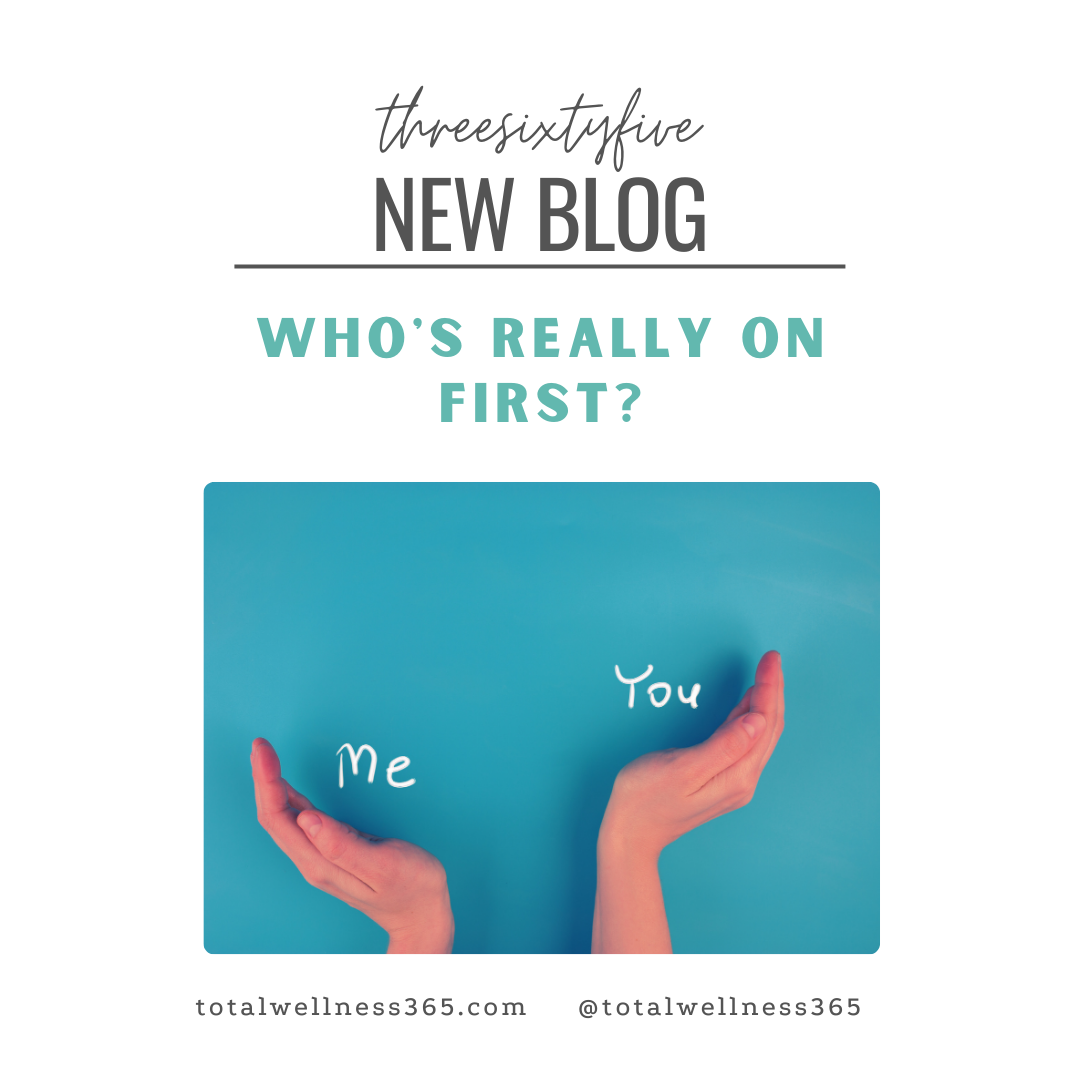I haven’t always been a traditional therapist.
My early career was spent working with the justice involved population. From roles of monitoring and supervising, to assessment and treatment. Years later I became your typical therapist; sitting in a comfy chair empathetically listening to clients. My role as a sex therapist ranges from topics regarding sex play, building desire, and healthy self pleasure, to compulsive sexual behaviors and sexual offending treatment. In my over 20 years I have discovered a lot about people, and a lot about me. Here are some discoveries i’ve uncovered while working as a sex therapist.
Leave you at the door
When entering the field of counseling and therapy, just as in any field, you need to be sure this is what you want. Admittedly there are a variety of potential career paths to take as a therapist, so the options exist if you need a change. As a grad student a few of the tenants of therapy is to be nonjudgmental, nonmaleficence (do no harm) and create beneficence (do good). I like to think of this as leaving ‘me’ outside so that I can create space for the client. The less I bring me in, the more I am able to listen openly and with genuineness. As a sex therapist, i am to listen.
Expect the unexpected
I recall people being surprised that I would be working with the justice involved population, let alone people convicted of a sexual offense. Maybe it’s because i was so young? Whatever the reason, guess I just didn’t match their expectations. The point is that the same idea applies to my clients. I can’t have a preconceived idea of who they are or what they represent. Whether they are involved in the legal system or want hotter sex with their partner. I don’t know their story. I don’t know their needs and goals for therapy. As a sex therapist, I am to be a compassionate ally.
Learn to laugh
Yes, really. Therapy isn’t always serious. Laughter sometimes is the best medicine and it can be very therapeutic when talking about sex. Clients bring in their embarrassing stories, learn a new term or slang, share a meme. As a sex therapist, i am to balance levity with lightheartedness.
Choose knowledge
I am a firm believer that therapy is a place of education just as much as a place for healing. So let’s talk about sex, baby. Let’s talk about anatomy and desire. Let’s talk about fantasies and sex toys. Let’s talk about learning to create plans that prevent future victims. As a sex therapist, I am to educate.
I’ll admit that when i graduated I didn’t envision myself being a sex therapist; I have no regrets!







